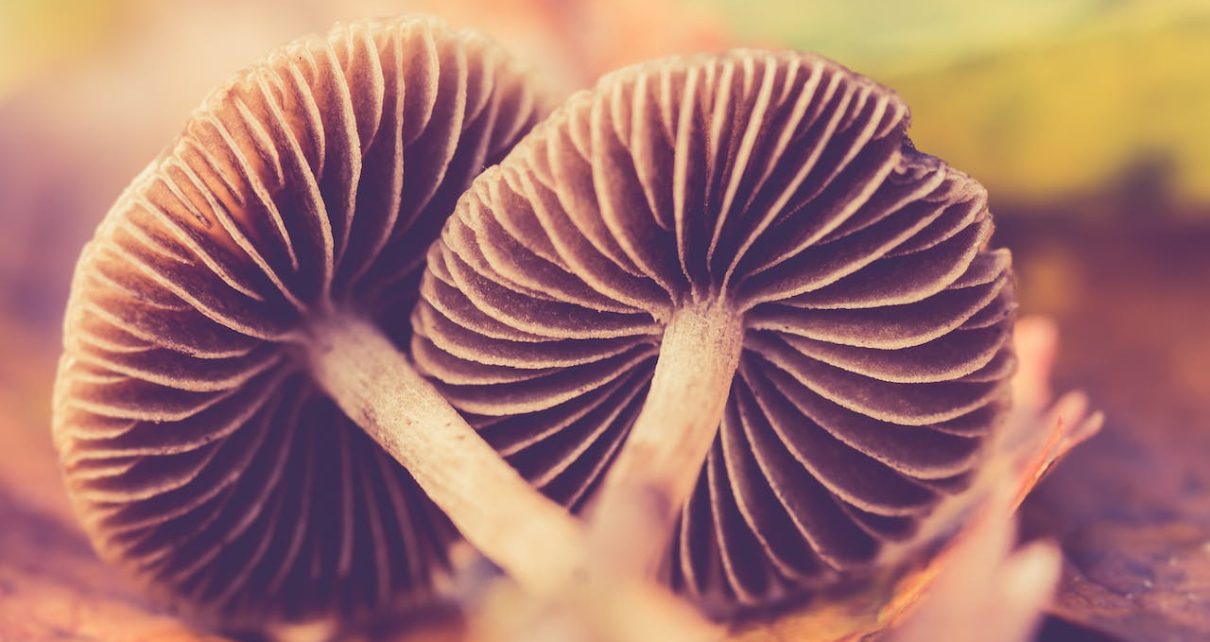Mushrooms are delicate and require a specific environment to thrive. These environmental factors are controlled with sterile technique and the right growth medium for each strain.
Failing to do this will lead to many common mushroom cultivation problems like long thin stems, undeveloped caps and contamination. Some simple troubleshooting techniques will help to resolve these issues quickly and easily.
Humidity Issues
Mushrooms are about 90% water, and therefore require a high-humidity environment. This humidity is achieved by regularly misting the substrate. Alternatively, growers can use a humidifier in their fruiting room. In either case, the mushrooms should not be allowed to become too dry or waterlogged, as this will lead to poor fruiting. Humidity should also be kept at a reasonable level to prevent contamination and diseases from developing.
If the mushroom growing environment isn’t properly sterilized before inoculation, it will quickly become contaminated with mold and other potential contaminants. It is important to thoroughly sterilize all equipment before using it for mushroom cultivation and to keep detailed records of each sterilization procedure. This record-keeping can help identify and address problems in the future.
Another common mistake is not allowing enough time for the mushroom spawn to colonize the substrate before starting the fruiting stage. The incubation process can take up to four weeks, and it is essential that the spores have sufficient time to establish themselves before starting the fruiting stage.
One of the most common reasons that mushrooms will start to grow in your home is because of excessive moisture. This can be caused by a variety of things, including poor ventilation, leaky pipes, and more. If these issues are not addressed right away, they can cause damage to your home and lead to mold growth. This can result in costly mold removal in Toronto and drywall repair.
Other reasons for excessive moisture are leaky basements, improperly installed or maintained gutter systems, and inadequate drainage around your home. When water is allowed to remain in a moist area for too long, it can lead to rot and mold. The moisture can even seep into the foundation of your home, causing extensive and expensive water damage.
Taking the time to properly prepare your home and equipment for mushroom cultivation can help you avoid many of the most common mistakes that hinder successful harvests. By following these tips, you can achieve a bountiful crop of delicious and nutritious mushrooms. Just remember to take your time, use proper sterilization techniques, maintain accurate temperature and humidity levels, and ensure adequate ventilation to prevent contamination.
Light Issues
Mushrooms grow at a rapid rate, nearly doubling their size every 24 hours. This means that even minor environmental changes can impact their growth if not addressed promptly. Fortunately, these issues can be prevented by understanding what conditions are optimal for mushroom growth and implementing correct procedures.
Mushroom spawn requires specific temperature and humidity levels as well as good ventilation to thrive. If these conditions are not met, fungi will struggle or may not grow at all. Mushroom spores are also vulnerable to contamination and poor quality substrate. In addition, improper ventilation can lead to nutrient deficiencies that hinder mycelial growth.
While mushrooms do not need direct sunlight for photosynthesis, they do require light to trigger fruiting and encourage the growth of new fruit bodies. When a kit is not receiving enough light, it can begin to produce long stems or no fruit at all. Mushrooms that do not receive enough light will also not achieve a full blue color and will instead fade to a dull white-grey as they age.
If your oyster mushroom grow kit has not begun to pin and the fruit body is producing long, stringy stems, you may need to move it to a better location. This is often caused by a lack of air exchange and carbon dioxide build-up in the grow bag. Mushrooms need a constant flow of fresh air to avoid high concentrations of contaminants as well as maintain the right moisture level for optimum fruiting.
Fungi can be very tricky to cultivate and it is important to know how to troubleshoot common problems when growing mushrooms. By following the tips in this article, you can ensure that your mushroom kits are growing as they should and producing a bountiful harvest.

Temperature Issues
Mushrooms are roughly 90% water so they require a fairly humid environment to grow. If your mushrooms are exposed to high temperatures this can cause a breakdown in mycelium and delay pinning or fruiting. If you are growing outdoors this is less of an issue as outdoor temperatures are generally lower.
If you are trying to grow mushrooms in a dry climate it’s important to use a humidity tent or other solution to help maintain the right level of moisture for your mushrooms. Similarly, if you have poor ventilation your mushrooms may become too damp and this can also affect mycelial growth.
A lack of ventilation can also mean that your mushroom bags or bed are becoming overcrowded. This can lead to contamination by other fungi, diseases and pests. Using the correct growing bag and making sure that your block is properly sterilized will help to avoid this problem.
Fungus Gnats
Mushroom blocks, bags and buckets can be infested with fungus gnat larvae if they have not been sterilized correctly. These gnats can be extremely annoying to growers and they can interfere with the mycelium’s ability to produce healthy mushrooms. If you notice a block with gnats on or near it it is best to remove it from your grow space and isolate it elsewhere.
Low Light
While a lack of light doesn’t directly impact mycelium growth it can have an indirect effect on your mushroom yield. Because fungi lack chlorophyll they cannot photosynthesize and depend on external stimuli to grow, like sunlight. If a spawn kit is not getting enough light it will produce long stems with small caps and possibly turn a white-grey color.
If you suspect that your kit is lacking light it’s best to move it to a more suitable area for growth and wait for it to produce a second flush. Alternatively, you can use a light shade to reduce light levels and increase air flow around the substrate. This is the best way to avoid a low fruiting yield due to a lack of light. If this does not work the kit may be beyond saving and you will need to start over from scratch.
Contamination Issues
Keeping a clean and sterile environment is a major challenge when growing mushrooms. Human hands contain lots of bacteria and spores that can ruin a crop, so it’s essential to wash hands before working with substrate or fruiting bags, use hand sanitizer, and wear gloves. It is also important to learn monotub growing and sterilize your equipment, work surfaces and utensils before using them in the mushroom grow room. Using recycled compost as substrate may have contaminants like trichoderma (green-coloured spots) from previous mushroom or other crop harvests, or contamination from soil or other environmental sources. This can be minimized by thoroughly pasteurizing the compost, and by mixing in a well-drained material like sawdust or sawdust pellets.
Other environmental contaminants like pests or diseases can be more difficult to control. However, by diligently cleaning and sanitizing equipment, and maintaining appropriate temperature, humidity and air exchange, these issues can be reduced. Detailed records of pest or disease occurrences can help growers track problems and make informed management decisions.
Another common problem is substrate contamination, which can occur during the inoculation process, or from improper handling of the substrate after inoculation. If the substrate is mixed in too quickly, or if it is inoculated while still hot from pasteurization or sterilization, the mycelium can be killed. Similarly, using too much spawn slows colonization and increases contamination risk, while too little spawn leads to overheating of the substrate and potential contamination by fungi other than mycelium.
After inoculation, it is vital to ensure that the substrate is given adequate fresh air exchange to promote mycelial growth. Ideally, it should be misted with a spray bottle to prevent drying out, or placed in a fruiting bag with breathable micro-perforations, or into a container with an inert material such as chopped straw or bagasse that has a structure that facilitates good air exchange.
Lastly, it is important to harvest mushrooms at the correct time for optimal flavor and size. Overmature mushrooms release large amounts of spore dust, which can clog exhaust fans and humidifiers in the grow space, and are unhealthy for humans to breathe.





